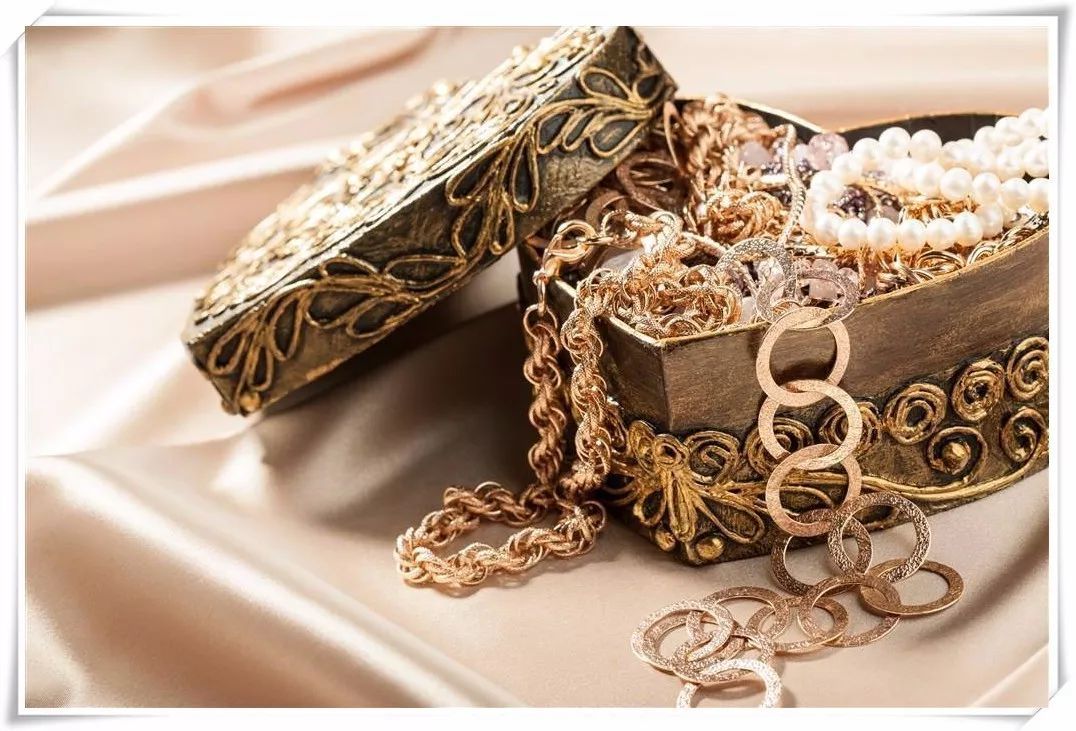Your valuables are important, and insuring them is even more important if you want to protect them from damage or theft.

Depending on their worth, some valuables can be insured under your home or renters insurance policy. Ask agents how to best insure your valuables, depending on your situation. Most homeowner coverage amounts are limited for certain items such as jewelry, coins, stamps, furs and collectibles. So if you have high-value insurables in your home, you need a well-thought-out risk management strategy.
Specialized policies, or “floaters,” are available to cover valuable items at an agreed-upon dollar amount as scheduled on the policy. If you prefer, insurers may be willing to cover your valuables on a blanket basis at an agreed-upon value per type. For example, if you have many items of jewelry, you might agree on $100,000 as the coverage amount.
If you have fine china or antiques, check to see if coverage includes accidental breakage. Such breakage would not be included under most homeowners policies.
Floaters typically lack deductibles, so coverage begins with the first dollar of loss. In addition, these floater policies are usually written on an “all-risk” basis. This means that losses are covered for all perils, unless a peril is specifically excluded.
Another nice feature of floaters is “mysterious disappearance” coverage. While many policies, particularly inland marine policies, exclude mysterious disappearances of items, floaters often cover them. (Mysterious disappearance, as you might guess, involves a loss where the cause is unknown.)
Your approach to risk management is a key element in the process of insuring your valuables. Most insurers will consider your willingness to minimize the chance of loss when pricing your coverage. For example, if you hang a Renoir painting in your living room, and you install an alarm system to protect it, you may receive a discount for being proactive.
Some insurers will even help facilitate your risk management strategy by assisting you in the inventory process. They may also help coordinate third-party appraisals-an essential element of the risk-management and insurance processes.
All too often, people undervalue their own property, therefore obtaining too little coverage. A qualified appraiser can help you assess the value of your property and provide necessary documentation of its value in the event of a loss.
Follow these guidelines to ensure you have adequate coverage:
- Take inventory of your valuables, including jewelry, art, and other items, like an autographed baseball.
- Obtain an appraisal of the more important items. Be prepared to go to a specialist to determine the value of special items. You wouldn’t go to the same appraiser for the autographed baseball as you would for your jewelry.
- Talk to your insurance agent about floaters that might be available, discuss coverage and set limits. Compare the coverage to your basic homeowners policy in order to fully assess the value of the additional coverage.
- Find out what additional services your insurer offers. If they are able to assist you in the conservation and preservation of your valuable property, and if they bundle these services together in a cost-effective manner, it may become a ‘no lose’ situation for both you and them. You will receive excellent benefits and service; they will acquire a loyal and prudent client who may be with them for many years to come.

1 thought on “Insuring Your Valuables”